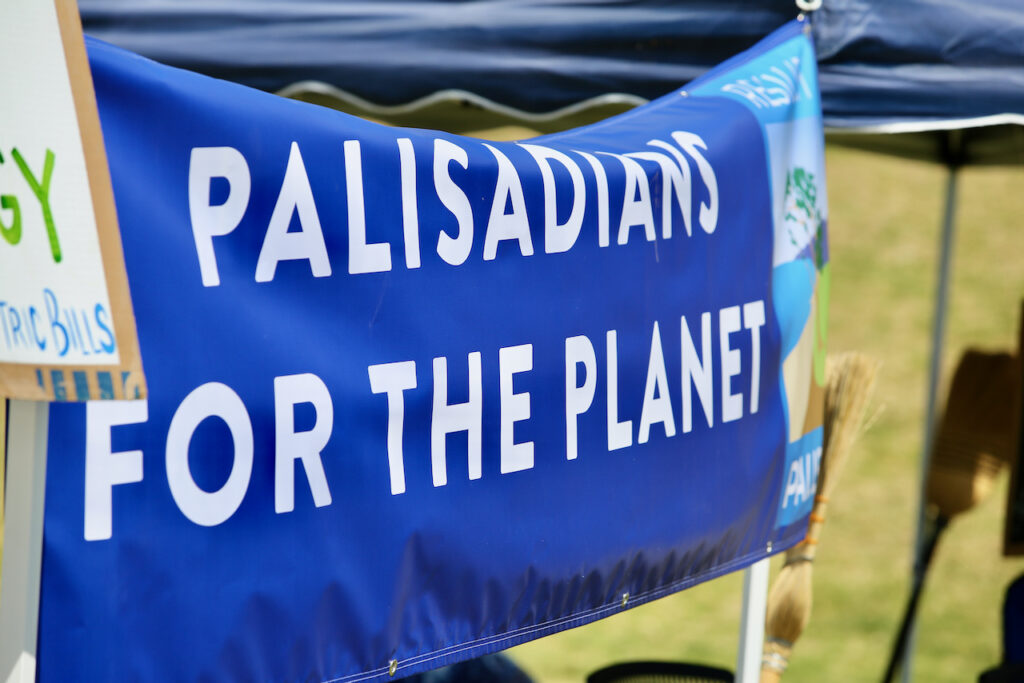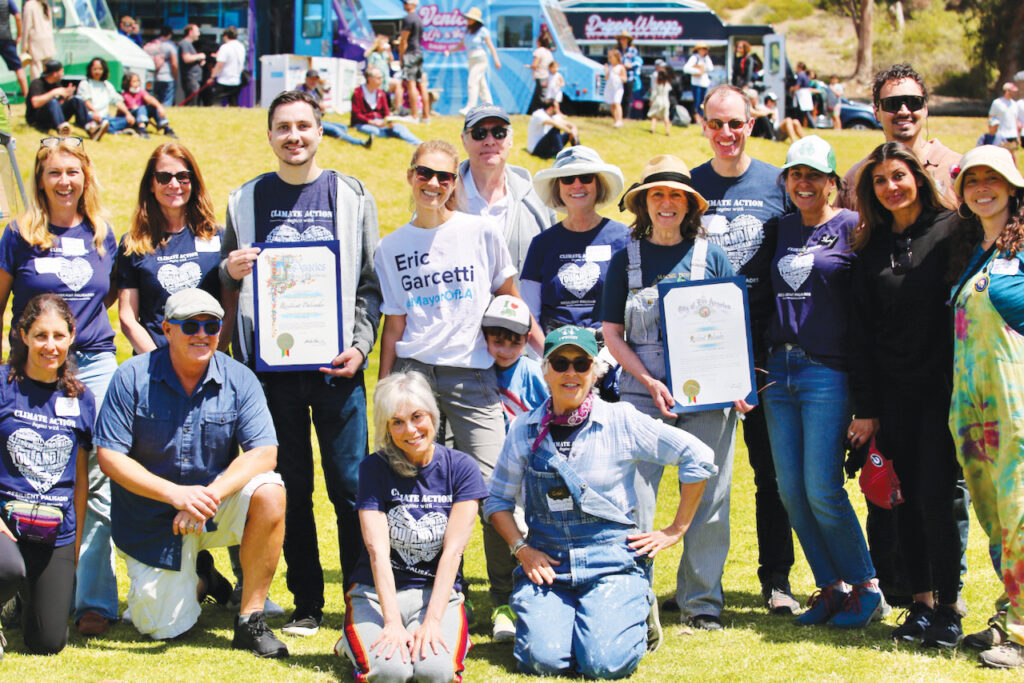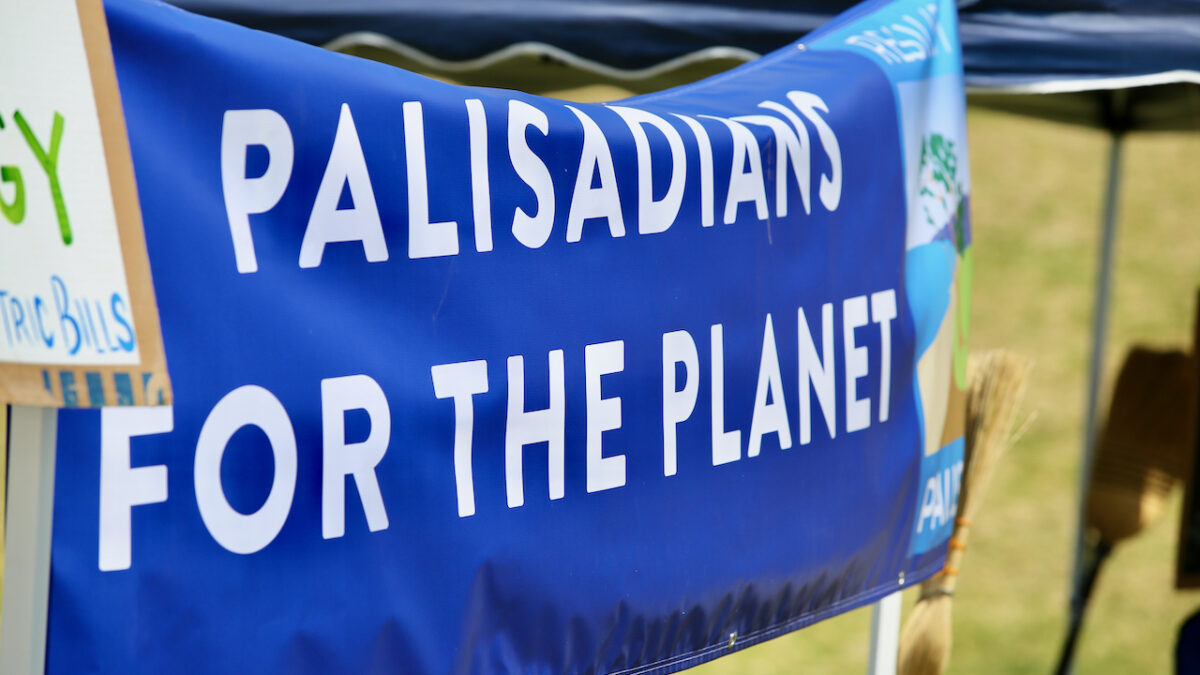
Recently, I was introduced to an inspiring green organization in the Pacific Palisades that is helping their town to become climate resilient. Ingrid Steinberg is one of the founders of Resilient Palisades (RP), a grassroots effort uniting neighbors and local institutions to tackle the tough challenges that come with greening small-town culture. I think Topanga can learn a lot from this mighty local engine of change.

When asked how RP came to be, Steinberg explained that in 2020 a small group of friends who had been complaining about wasteful behavior in their community, gathered together. They were convinced that only local action could make a difference to improve their local sustainability record. They took charge, but instead of setting an agenda for the community, they called a meeting to ask their neighbors what they cared about most. This model of circular leadership has proven to be a successful strategy. With no centralized power, teams were formed around areas of interest, and leaders elected themselves. Steinberg says that RP functions more as support for the all-volunteer group, rather than to mandate change from the top. “That’s exactly what happened. We asked for local leadership to step up and then we supported what they wanted to accomplish. We provide a forum to gather and organize. The leadership comes from the community,” says Steinberg. Small teams of 5-10 and the steering committee meet weekly on Zoom to guide, and provide support for, self-led projects. This way, the program doesn’t get bogged down, and if there aren’t enough committed people to act, they don’t take on the project.
Teams formed around a handful of key issues including, Clean Energy (namely a solar micro grid), 0-Waste and Composting, Plant Based Food Solutions, and Clean Air and Water. Within those categories the groups are tackling eliminating gas-powered trimmers and blowers, reducing plastic cutlery from businesses, providing reusable bags at farmer markets and bringing vegan food trucks into the Palisades. They joined with partners, Reusable LA, and Habits of Waste to leverage their action with established Los Angeles coalitions. Next, they went to all the local restaurants to ask them to comply with waste and plastic reduction and some work on policy shifts. There is a new cohort forming on impact investing, to support residents in moving their money to green institutions.
One of their largest projects has been creating the infrastructure for a solar micro grid. Launched in January 2022, it already boasts 17 homes converting to solar after the RP team vetted solar companies, arranged for member discounts, and helped clear the red tape for neighbors to act. After a critical mass of homes acquire solar (about 100), they’ll be positioned to work with LADWP to connect those homes through software that LADWP authors, and form a small grid. This will allow LADWP to limit power sent to a group of solar powered homes, especially during times of shortage. LADWP benefits through this power planning efficiency. Homeowners benefit by sharing power among themselves. Steinberg reiterates that change starts on your block. “The biggest factor in you getting solar, is if your neighbor has it. People are watching; when your neighbor does it, statistically you are more likely to do it too. That’s human nature.”
When asked about the goals for RP, Steinberg said, “There are 10K households in Pacific Palisades; we want all of those households involved.” That sounds like a goal for all communities, including our beloved Topanga! Check out the Resilient Palisades website to get involved at resilientpalisades.org





